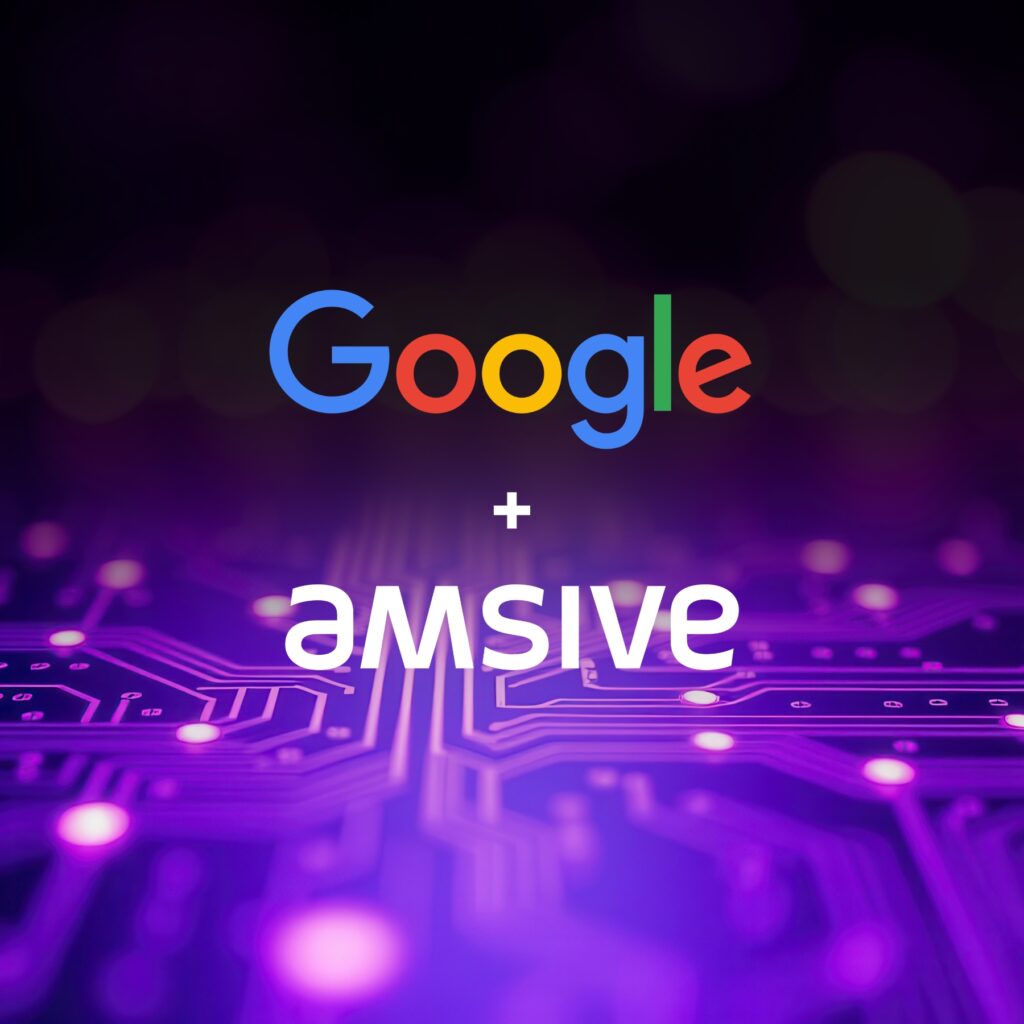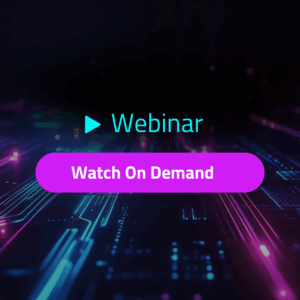In this recent Amsive LinkedIn Live event, our expert panel delves into the evolving world of social commerce and its impact on brands and consumers. The conversation featured Ruben Quinones, SVP of Client Strategy at Amsive, Chalice Jones, Director of Social and Influencer at Amsive, and Kelly Wiethuchter from Tagger, an influencer technology platform.
This is one in a series of Amsive LinkedIn Live events where we host expert panels to discuss the top topics in marketing. Watch the full video of this event below, or use the overview below to jump to specific discussion points.
Jump To:
Introduction to Social Commerce
[05:37]
Social commerce is a focused subset of eCommerce, concentrating on selling within the social media ecosystem. It allows consumers to complete their entire buyer journey within social applications using in-app experiences like Instagram Shopping or TikTok Shop. Chalice Jones noted that the coined term “Social Commerce” highlights how it’s a unique user experience deserving of a bespoke strategy. Kelly Wiethuchter emphasized how social platforms have become virtual storefronts for brands, often serving as the first point of contact for potential customers.
The Creator Economy and Its Impact
[9:56]
This portion of the conversation highlighted the significant growth of the creator economy, especially its acceleration by the pandemic. Kelly noted that creators have become a vital part of the media mix, essentially serving as new ad units for brands. Chalice added that the shift towards more authentic, relatable content during the pandemic has led to a rise in influencer marketing across various industries.
Key Takeaway: Don’t let a hot lead get cold! Serve customers where they are instead of redirecting them to other platforms and taking them out of their “flow”.
[13:51]
Kelly discusses Thought Leadership as performing the influencer function for B2B audiences. She highlights the industries in which they are seeing thought leadership as a marketing tactic gaining traction.
Choosing the Right Platforms
[ 18:12 ]
When discussing which platforms brands should consider investing in, both of our experts stressed the importance of thorough research, suggesting these key points:
- Understand your target audience deeply
- Consider where your audience engages and what content resonates with them
- Assess your ability to execute and sustain a presence on chosen platforms
Chalice cautioned against spreading efforts too thin, advocating instead for going deep on fewer platforms. Kelly emphasized the need for brands to be nimble and willing to pivot their strategies when necessary.
Chalice and Kelly also discussed the relationship between the influencer and the brand, as well as influencer relevance and product fit. Kelly noted that more recent studies are suggesting that longer-term relationships with influencers deliver better results and that one-and-done influencer transactions aren’t likely to move the needle.
Challenges in Social Commerce and Influencer Marketing
[26:49]
Our expert panel identified several challenges brands face in social commerce:
- Trying to do too much across too many platforms
- Overcomplicating messaging and calls-to-action
- Misunderstanding the consumer’s mindset when engaging with social content
Kelly highlighted the importance of clear objectives, whether driving sales through a specific platform or to a particular retailer.
Strategies for Effective Social Commerce
[29:51]
To maximize the impact of social commerce efforts, the experts recommended:
- Repurposing influencer content across organic and paid channels
- Considering longer-term partnerships with creators for authenticity and consistent messaging
- Leveraging social search, particularly on platforms like TikTok where younger generations start their product discovery
- Testing and learning on a small scale before fully committing to a social commerce strategy
[33:35]
Kelly discussed how influencer impact can be measured in other channels as well, noting specifically that influencer marketing typically drives an increase in branded organic search.
[34:14]
Chalice discusses the Gen Z shift to Social Search, specifically Gen Z audiences starting with TikTok search to learn about brands. The conversation goes on to discuss ways of analyzing whether an initial strategy is working.
The Role of Paid Advertising in Social Commerce Strategies
[39:00]
While organic reach is valuable, both experts agreed on the power of paid advertising in amplifying social commerce efforts. Chalice noted that a mix of organic and paid content can help overcome consumers’ mental “ad blockers.” Kelly added that not every piece of influencer content needs paid support, but high-performing organic content can be good candidates for paid amplification.
Key Takeaways
- Focus on depth rather than breadth in platform selection
- Understand your audience deeply and meet them where they are
- Leverage both organic and paid strategies for maximum impact
- Don’t be afraid of influencers, but do thorough research and vetting
- Allow creators the freedom to be authentic with your brand
As social commerce continues to evolve, brands must stay agile, authentic, and data-driven to capitalize on the opportunities it presents. By understanding their audience, choosing the right platforms, and leveraging the power of influencers and paid advertising, brands can create a holistic social commerce strategy that drives engagement and sales.
Is your eCommerce set-up for SEO success? Dig deep into an integrated SEO plan to scale your eCommerce growth in our previous LinkedIn Live, or let’s talk about achieving more for your marketing — and your business.







